Ultimate Valorant beginner’s guide: Everything you need to know
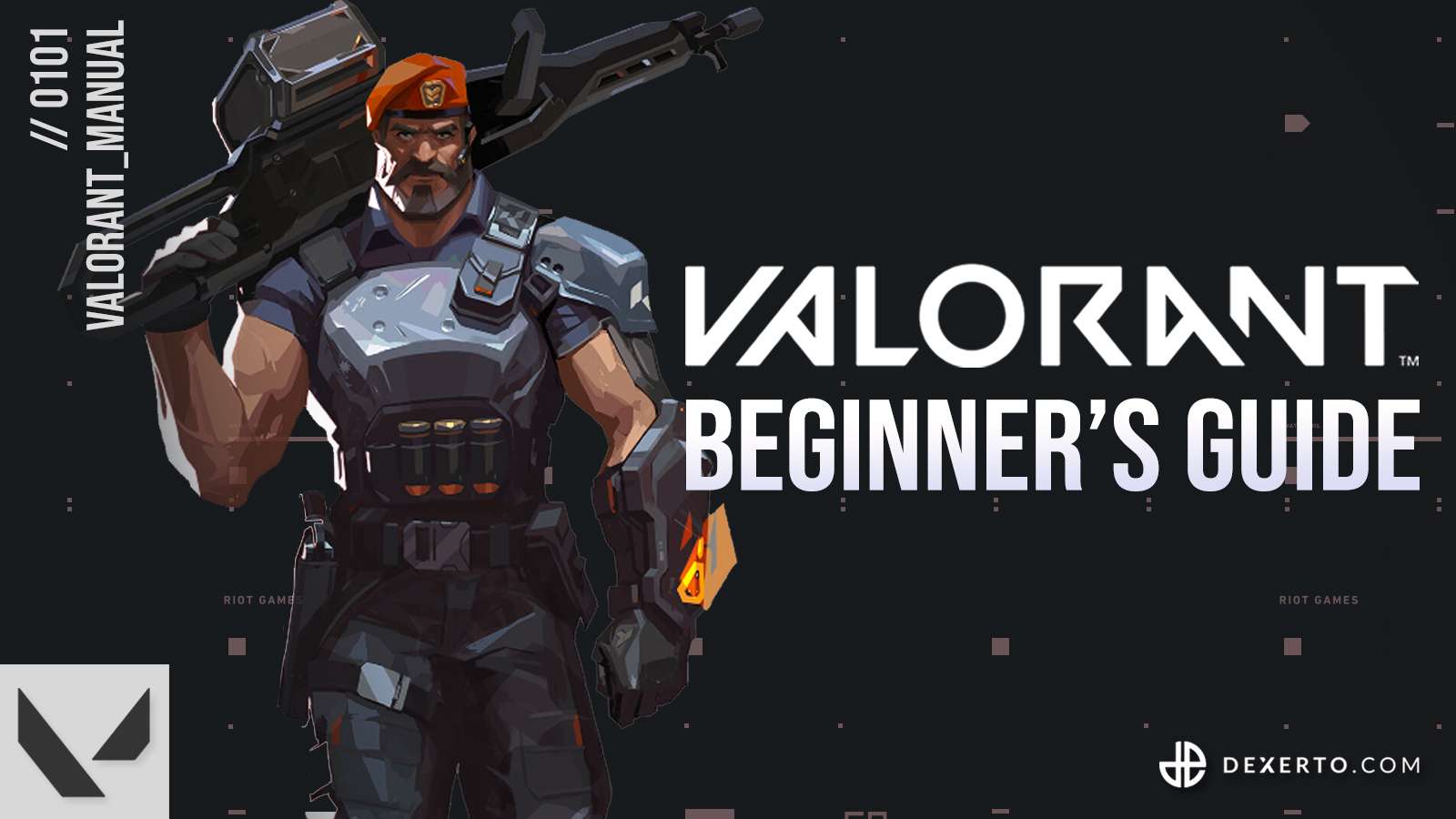 Riot Games / Dexerto
Riot Games / DexertoWhether you’re entering Valorant for the first time or are just looking for a refresher, our guide will take you through everything you need to know.
Valorant is a character-based tactical shooter. Two teams of five take turns to Attack or Defend — the first team to secure 13 rounds wins. Attackers win rounds by either eliminating the enemy team or detonating the Spike. Defenders win by preventing the opposition from detonating the Spike.
The Spike is your objective as an Attacker. Your job is to plant it at designated Reactor Sites on the map, with you and your team coordinating strategies to either plant or defuse the Spike. Every round takes place in 1:40 mins or less – tricky, eh? Let’s break it down!
Which Agent is right for me?
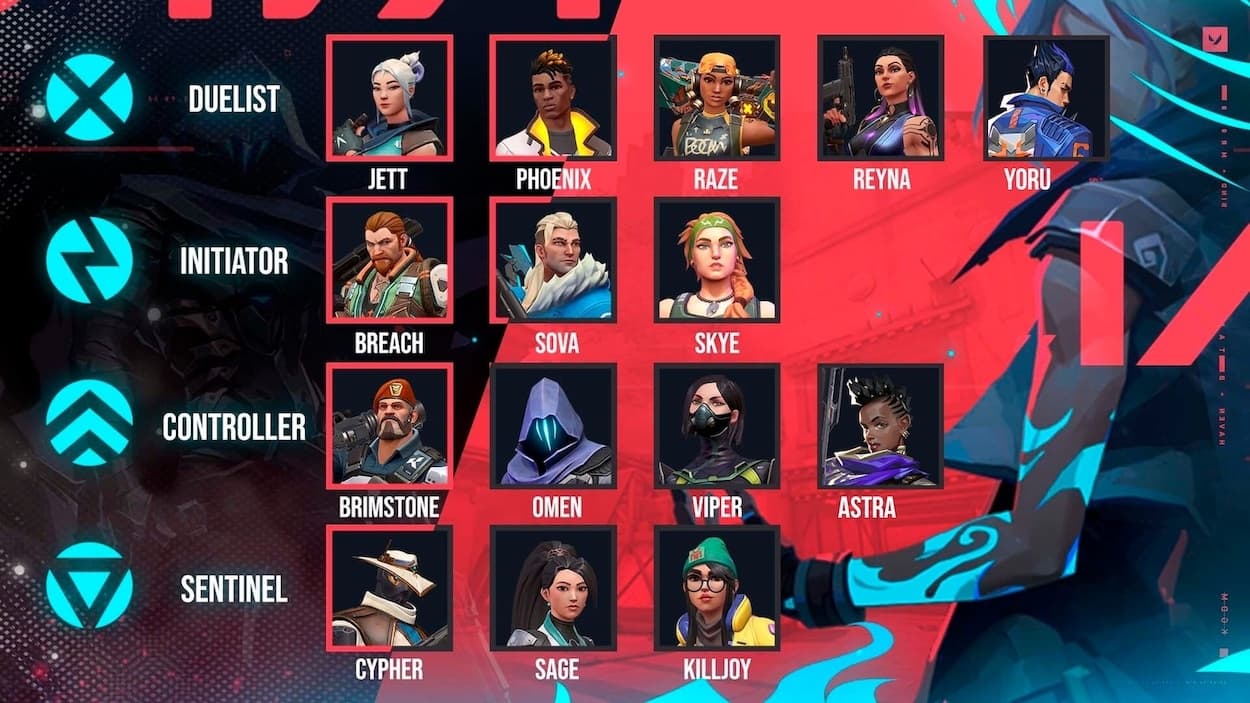
Valorant’s characters (referred to as Agents) are split into four categories. Each Agent holds a specific role. Like going in all guns blazing? You’ll be right at home with a Duelist! Prefer to adopt a more conservative approach? A Sentinel will be equipped with all that you need.
Within each category are different Agents, each of which with its own unique set of abilities. You’ll want to dabble with all of these over time, but follow the steps below if you’re just getting started:
1. Select the category that most suits your playstyle.
- Duelists — First into the line of fire. Duelists act as your team’s primary attackers in almost all situations.
- Initiators — Did someone call for support? Initiators will help disrupt the battlefield and break past enemy lines.
- Controllers — Have a plan to execute? Controllers shape the battlefield on both Attack and Defense.
- Sentinels — The reinforcer of the pack. Sentinels will sit back and try to stay alive to bolster their team’s chances of success at the end of a round.
2. Find an Agent and learn their abilities — our Agent tier list will help here. You’ll have two core abilities that need to be purchased after use, a Signature Ability that will regenerate after each round, and an Ultimate Ability that you can earn throughout the game.
3. Learn how to use your Agent to counter an opponent’s abilities. If Cypher has put a Trapwire down, you can use Omen’s Shrouded Step to get past undetected, for example.
Use your credits: Weapons, Shields & abilities
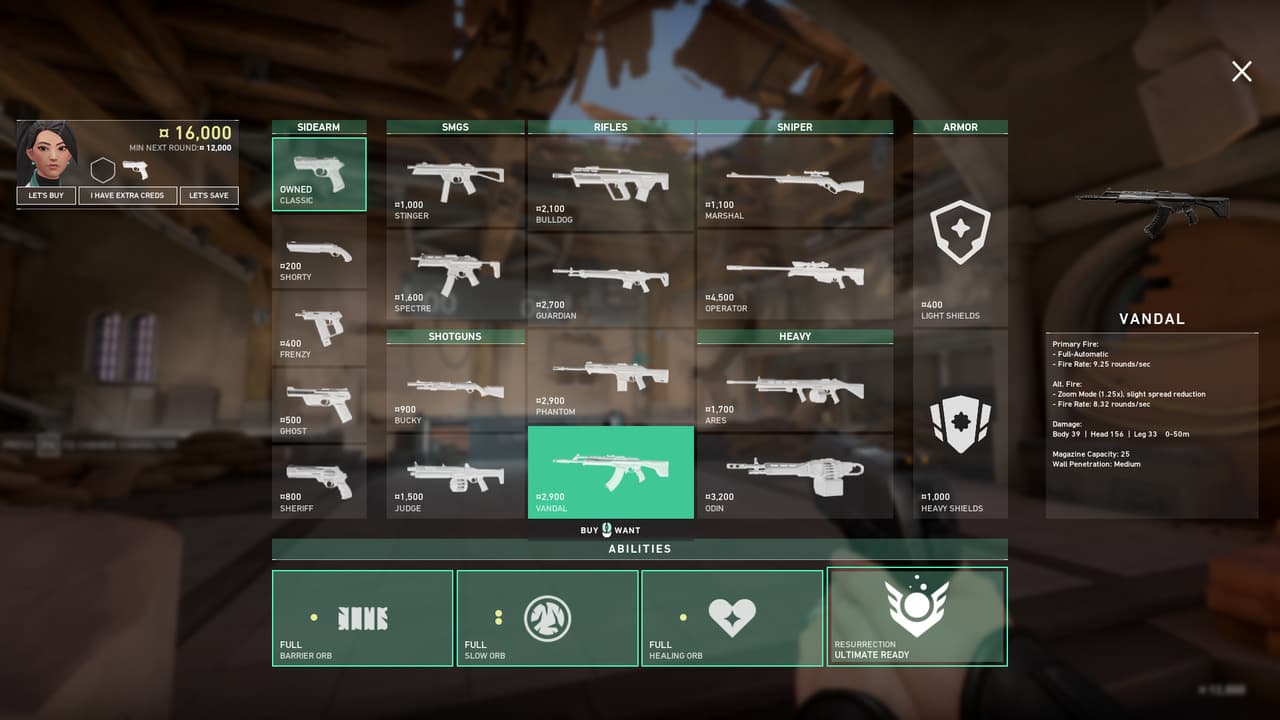 Riot Games
Riot GamesWeapons & Shields
There are 17 weapons in Valorant, all of which are split into their respective categories. You’ll always start out with a Classic (the default Sidearm), but you’ll want to upgrade where possible. This will depend on your Credits and how many you’ve earned — check out our ultimate economy guide to get to grips with how to use your Creds!
As a rule of thumb, you’ll want to buy better weapons when you and your team have sufficient funds to do so. What weapon you choose will depend on your preferences and how many Creds you have. Get yourself into the Shooting Range and test out each one to see which suits you best. Our overview of weapon damage stats will help a great deal here.
So what about Shields? By default, you’ll spawn with 100 Health Points (HP). Light Shields (400 Creds) will take your HP to 125, whereas Heavy Shields will grant you 150 HP. Shields should almost always be prioritized over a weapon upgrade, so buy-up to Heavy Shields whenever you’ve got the dollar to do so!
Abilities
These are the difference makers. As we mentioned earlier, abilities are your Agent’s unique set of utility. These are designed to help you play your role as well as possible. So naturally, these should be replenished as often as possible.
You’ll need to re-purchase your two core abilities after use, which will vary in cost depending on which Agent you’re using. If you’re planning an attack on a Reactor Site, chances are your abilities will make that a lot easier, so always try to keep stock on what you have.
Your Signature Ability is your character’s way of leaving their footprint on the battlefield, so make sure you get as much use out of this as possible! If you earn your Ultimate, you’ll want to be savvy with how you use this. For example, you probably won’t want to resurrect an ally as Sage, if your team is about to win the round.
How do maps work in Valorant?
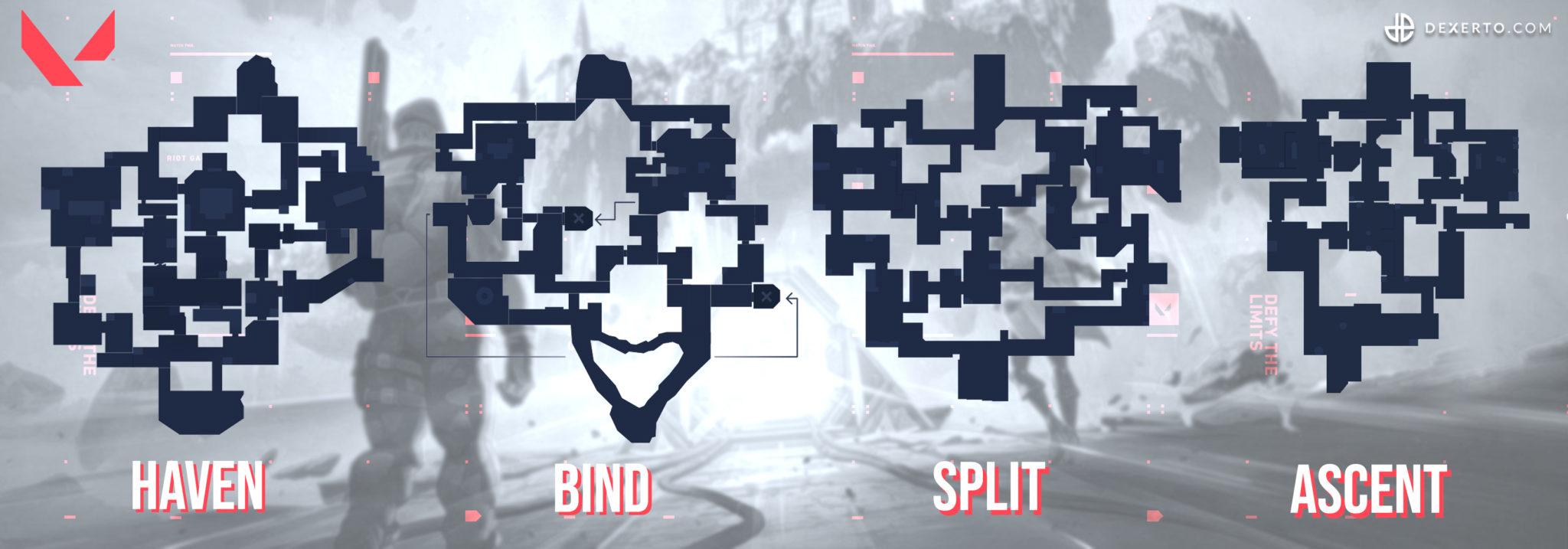 Blitz / Dexerto
Blitz / DexertoNow, you’re well on your way to mastering Valorant’s characters and the tools at your disposal. The game’s five maps (Haven, Bind, Split, Ascent, and Icebox) work in a lane-based system, and while they look different, generally, each abides by the same structure.
Learn your map overviews and callouts. Doing this before you hop into a server will make informing your teammates of the enemies’ whereabouts second nature — and most importantly, you don’t need to divert your attention away from the action!
- Get to grips with each map and the callouts before you hop into a game.
- Become familiar with the routes in and out of Reactor Sites, as this will help you understand where to push as an Attacker, and where to hold as a Defender.
- Learn them angles! If you can anticipate where the enemy will push/hold on a map, you’ll be one step ahead of the game and will find it much easier to secure kills.
- Adapt your strategy to suit how the round pans out. Certain maps are dynamic – in the sense that you can teleport from one area to another in the blink of an eye – so use this to your advantage if you need to switch it up on the fly!
Game on!
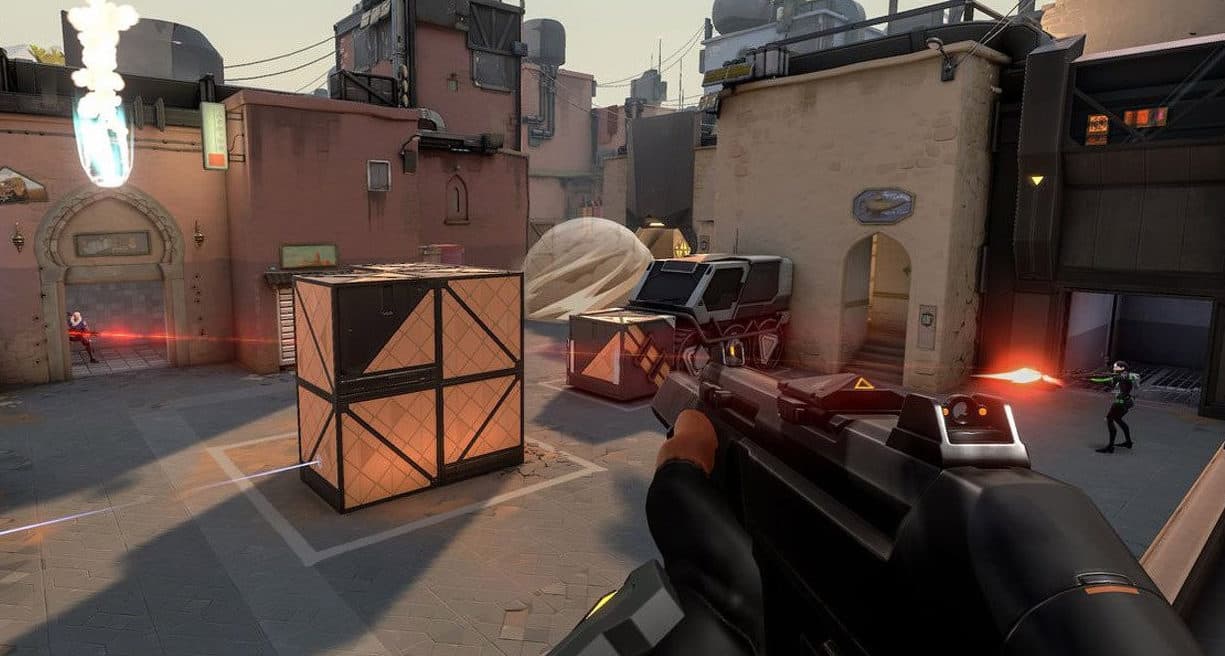 Riot Games
Riot GamesWhether you’re looking to hop on for a few games of Spike Rush, or are looking to take your game to the next level in Valorant’s competitive playlist, the most important thing to do is to be a good teammate.
- Read more: How to use the Vandal: Valorant weapon guide
Riot Games have explained their intentions on clamping down on toxicity in Valorant. With this in mind, those who spoil matches for others might end up receiving a form of punishment — not ideal for those looking to play the game in the long run!
As some final food for thought:
- Try not to move when shooting, as movement inaccuracy is big in Valorant.
- Master your abilities (perhaps come up with some funky combos).
- Have fun! That’s what games are for, right?



